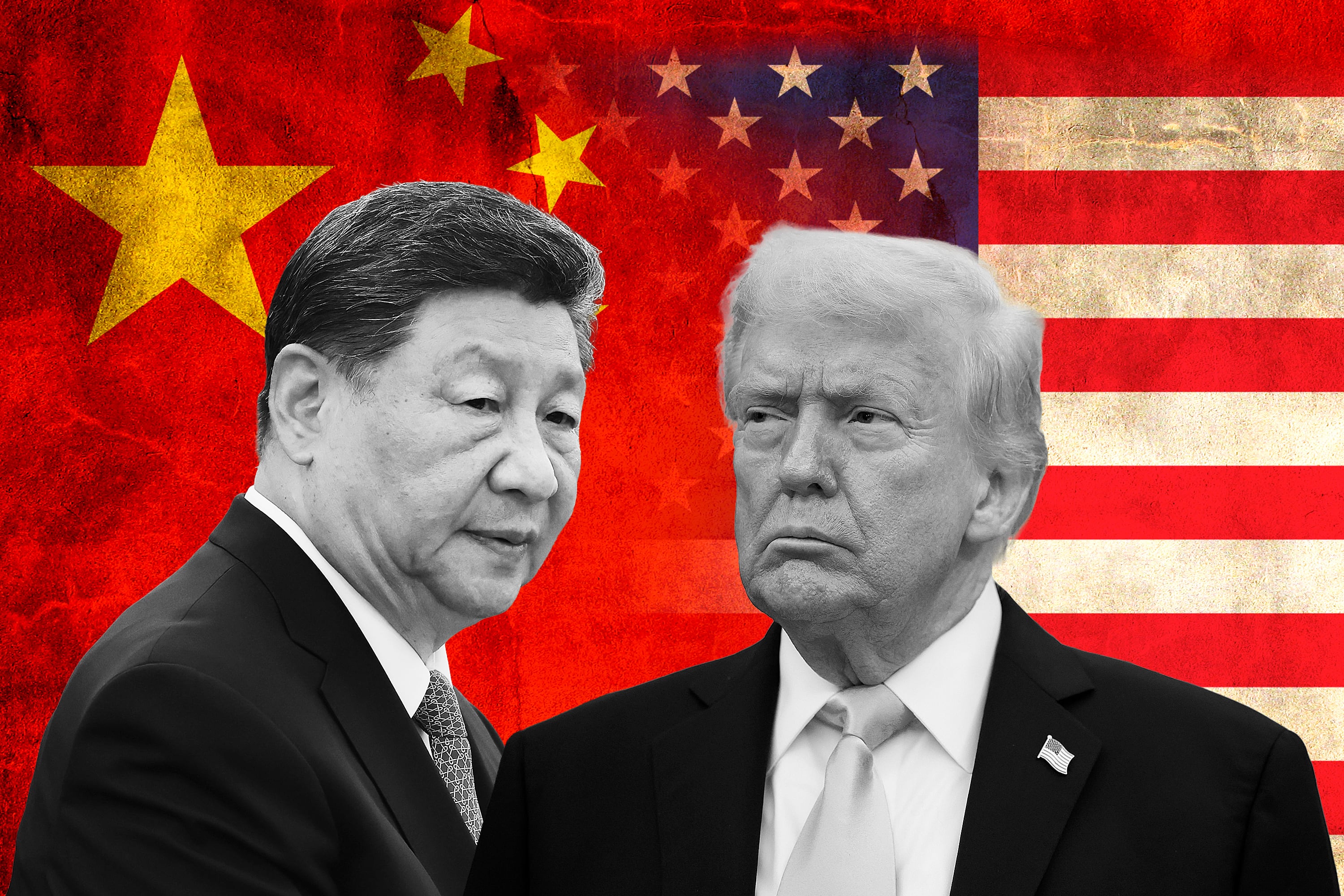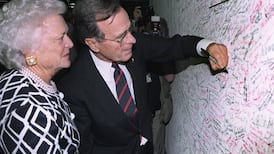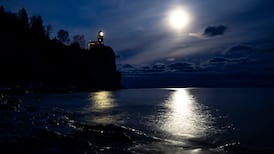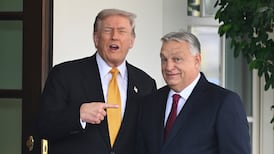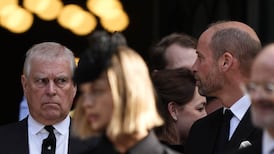“These issues know no ideology, no political boundaries. It’s not a liberal or a conservative thing we’re talking about here today,” the Republican presidential candidate George HW Bush told a crowd at a campaign stop in Michigan in 1988. He was talking about climate change.
“As the nations of the world grow, they burn increasing amounts of fossil fuels and that gives off carbon dioxide and thus can contribute to an increase in temperatures in the atmosphere,” he explained.
“Those who think we’re powerless to do anything about this greenhouse effect are forgetting about the White House effect. And as president I intend to do something about it.”
That moment of opportunity, almost unthinkable now, makes compelling viewing as nations gather at the UN climate conference (Cop30) in Brazil, with consensus fracturing even as the world teeters on the brink of breaching dangerous levels of global warming.
READ MORE
It is captured in a documentary released on Netflix this week which details how for a short time the United States had both the public support and political momentum to lead an international agreement to cut carbon dioxide emissions by the year 2000.
Instead, the chance passed by – not squandered, but deliberately destroyed by fossil fuel companies and those influenced by their intense lobbying.
Bush senior’s “White House effect” – his phrase promising US leadership to address climate change from which the documentary takes its name – now means something very different.
All within the last month, US president Donald Trump called climate change a “hoax” in a speech to the United Nations assembly, and his administration sabotaged a preliminarily agreed international deal to cut shipping emissions by personally threatening participants. The US will not participate in Cop30, as one of Trump’s first acts as president was to pull out of the Paris Agreement.
History could have been different.
Between 1988 and 1990, a heatwave and drought struck North America, killing thousands and devastating farmers with the worst crisis since the Dust Bowl of the 1930s. It drove climate change to the top of the agenda.
The science had already been clear for at least a decade, because pioneering US scientists had been measuring the carbon dioxide levels in the atmosphere and modelling the potential warming effects in predictions that now, unfortunately, have proved uncannily accurate.
It was clear enough for the oil giant Exxon, which had been conducting its own studies, to write in an internal document in 1984 that “we can either adapt our civilisation to a warmer planet or avoid the problem by sharply curtailing fossil fuels”, as the documentary shows.
“Global warming has begun” was the top headline on the front page of the New York Times in June 1988, after climatologists testified to a US senate hearing that the burning of fossil fuels had caused record-breaking temperature rises that decade.
Bush campaigned on the issue that summer and named a respected environmentalist to head the Environmental Protection Agency in his new administration. In an early memo, he told his chief of staff of the need to “move fast on climate”.
But a concerted lobbying campaign was already under way. Its messages were novel then, but are now all too familiar: that the science wasn’t certain, that cutting carbon dioxide emissions would harm the economy, and that green technologies were expensive and inefficient.
Think tanks and scientists willing to spread those talking points received oil industry funding. A new term, “climate change sceptics”, came into existence, and a group of them were soon invited into the Oval Office to meet Bush.
At a landmark meeting in 1989, 63 nations were prepared to agree to stop carbon dioxide emissions rising any further. The US led six nations in successfully opposing the deal, watering down its conclusions to combine any ambition to cut CO2 with “ensuring stable development of the world economy”.
When a US delegate denied pressuring other countries to block an ambitious deal at the first UN Earth Summit in Rio de Janeiro in 1992, the press room broke into laughter. Media at the time described the US as a global “pariah” in its opposition to agreeing to limit climate change, and to have “relinquished its role as world leader”.
The concentration of carbon dioxide in the atmosphere was then 356 parts per million (ppm). It is now 430 ppm. For almost a million years it oscillated gradually between 200 and 300 ppm. The graph since the first commercial oil well was drilled is shaped like the letter J.
It’s tempting to ponder alternative histories. Jimmy Carter installed solar panels on the White House roof in 1979. The US still had much of its industrial base then. The technology already existed. Today’s green energy revolution could have been US-led, rather than Chinese.
Energy goes hand-in-hand with geopolitical power. In retrospect, the hostility of ingrained interests to change led to the US ceding its global dominance.
The White House Effect charts the story of how the US turned inward to its increasingly broken politics, with the rest of the world condemned to suffer the destructive results.





